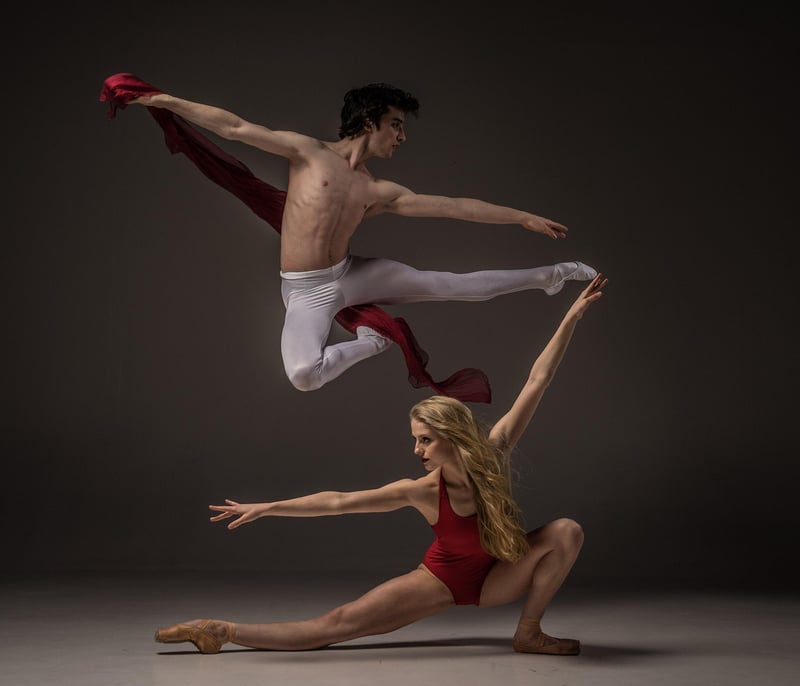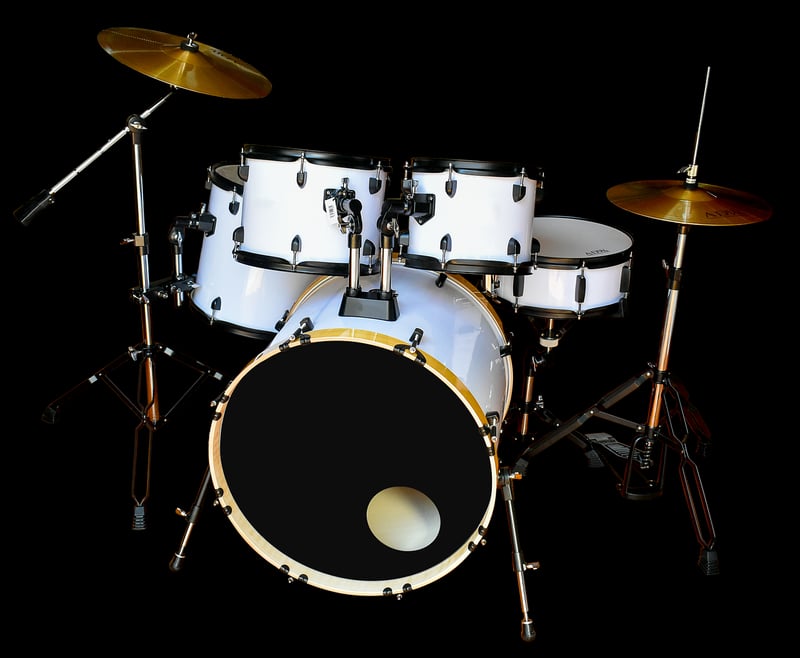Rhythm Exploration
Healing through Dance + Rhythm Exploration

Dance and rhythm have been integral parts of human culture for centuries, not only as forms of entertainment but also as powerful tools for healing and self-expression. The combination of movement and music can have a profound impact on our physical, emotional, and mental well-being.
The Healing Power of Dance:
Dance therapy, also known as movement therapy, is a form of expressive therapy that uses movement to improve the physical, emotional, and social well-being of individuals. It can be particularly beneficial for those dealing with stress, anxiety, depression, trauma, and other mental health issues.
Through dance, individuals can release pent-up emotions, increase self-awareness, build self-esteem, and improve their overall mood. The physical act of dancing also releases endorphins, which are known as the body's natural painkillers and mood elevators.
Rhythm Exploration:
Rhythm exploration involves connecting with the beat and tempo of music through various movements. It can be as simple as tapping your feet, clapping your hands, or swaying your body to the music. Rhythm exploration allows individuals to connect with their bodies, release tension, and express themselves in a non-verbal way.
Research has shown that rhythmic activities can help reduce stress, improve focus and concentration, and promote relaxation. By engaging in rhythmic movements, individuals can enter a meditative state, quieting the mind and fostering a sense of inner peace.
Benefits of Dance + Rhythm Exploration:
- Stress reduction
- Improved mood
- Increased self-awareness
- Enhanced creativity
- Physical fitness
- Emotional release
Whether you're dancing to your favorite song in the comfort of your home or participating in a group dance class, incorporating dance and rhythm exploration into your life can have significant benefits for your overall well-being.

So, put on your favorite music, let go of inhibitions, and allow yourself to be carried away by the healing power of dance and rhythm exploration.
